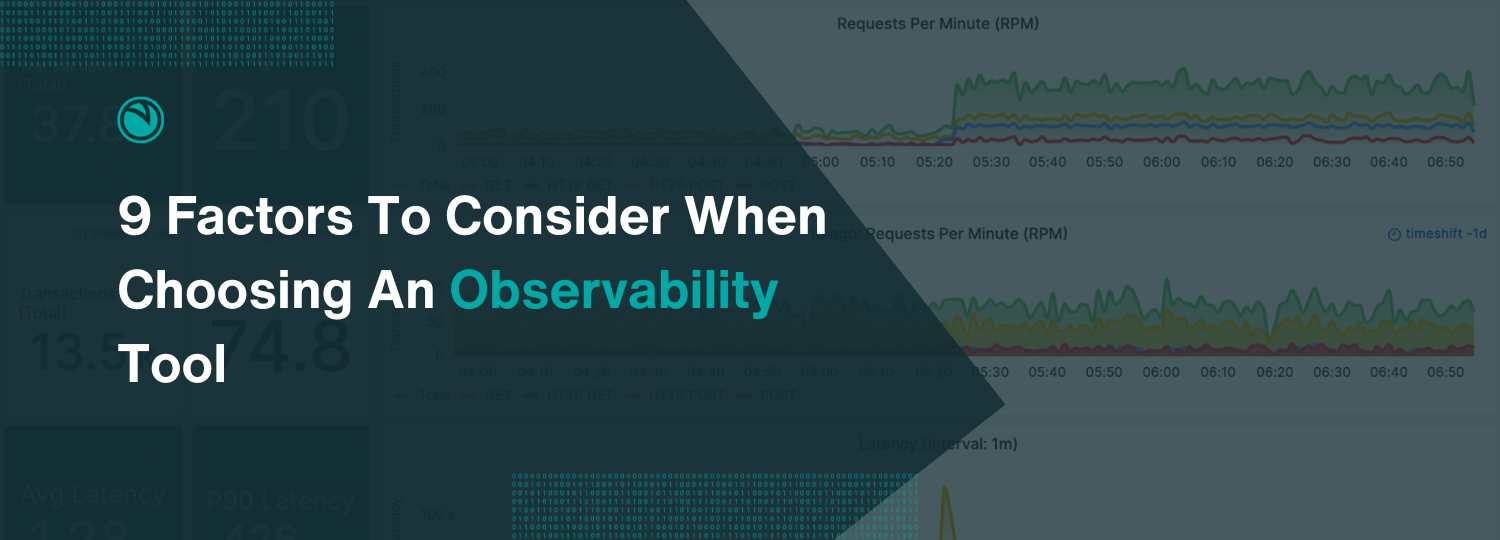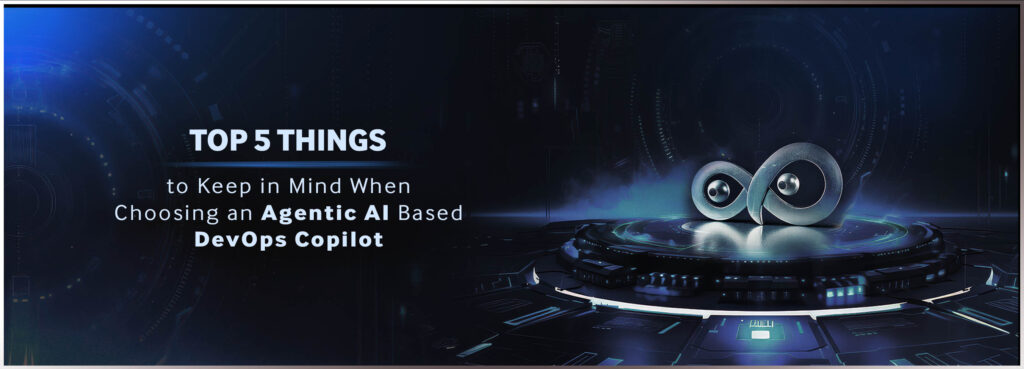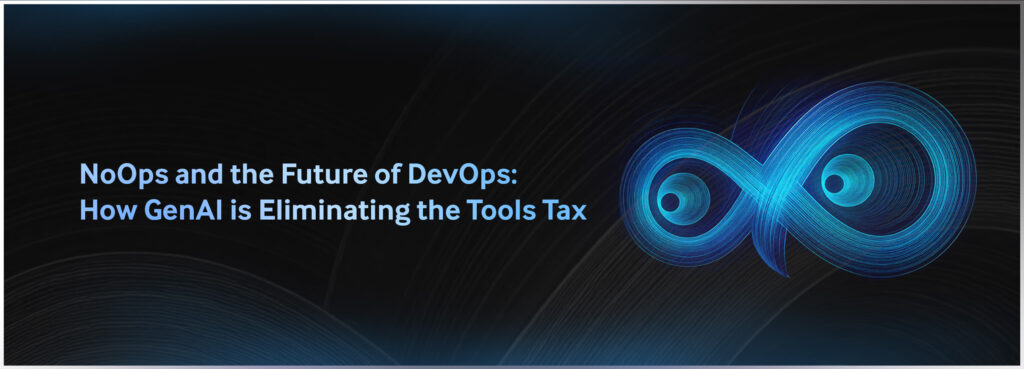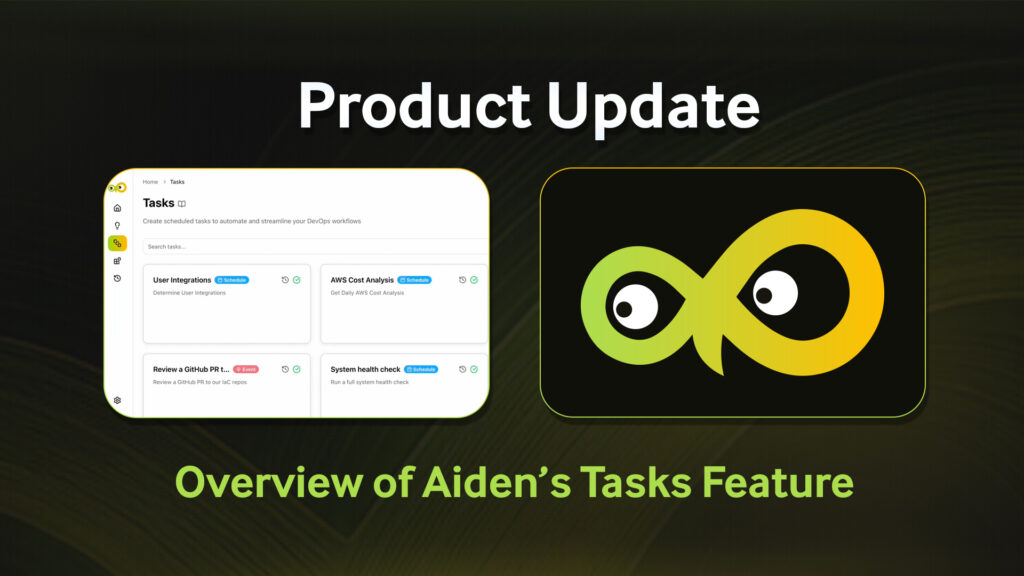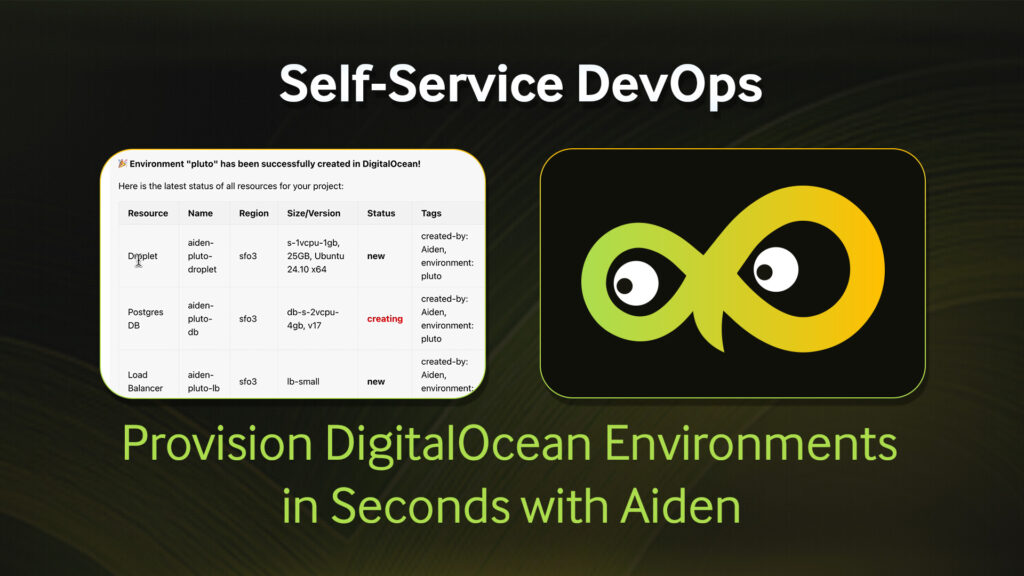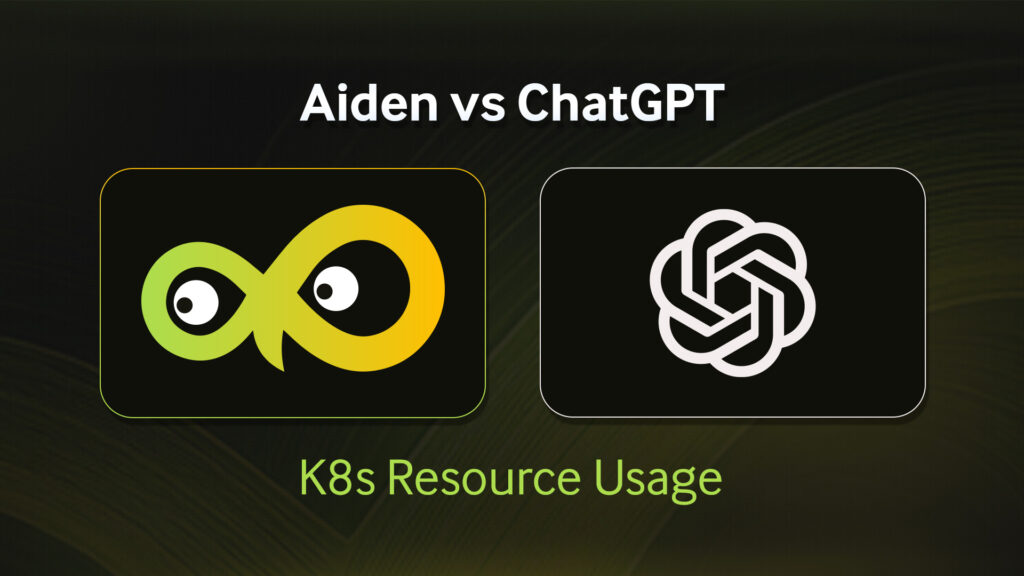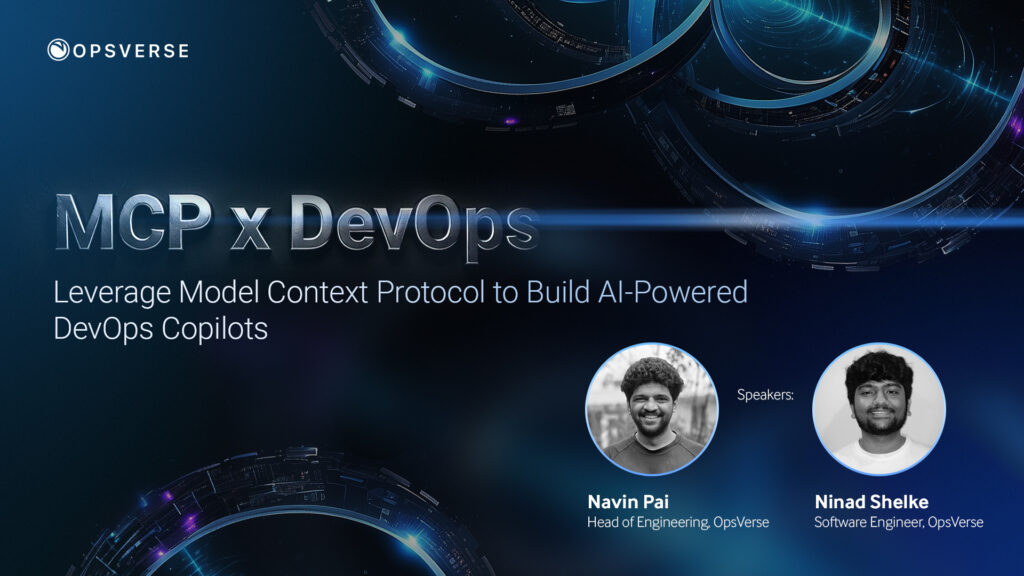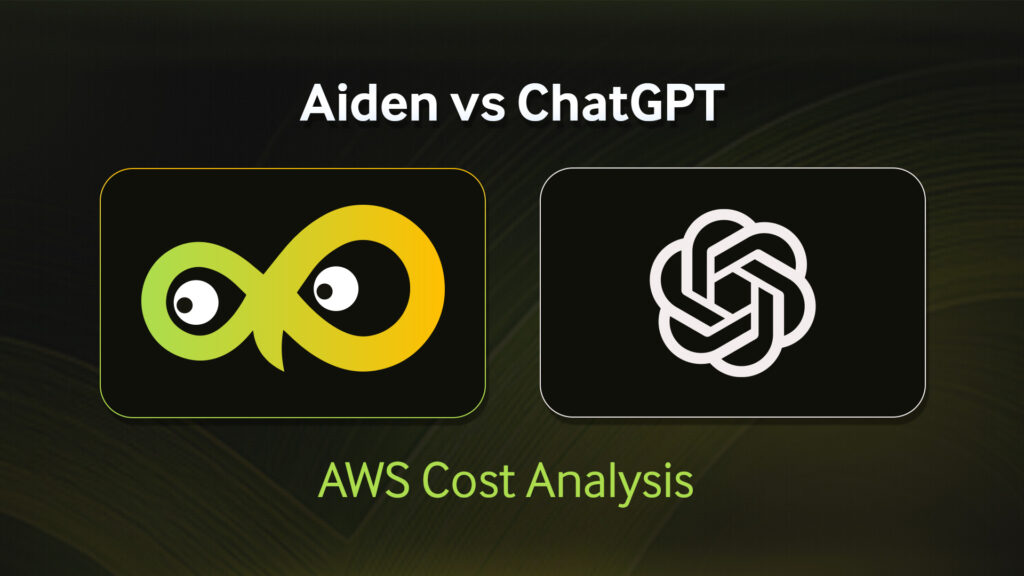In today’s complex digital landscape, ensuring the reliability, performance, and security of your applications and infrastructure is paramount. This is where observability comes into play. Observability, as explained in our previous article Observability, What? & Why?, refers to the ability to gain insights into the internal state and behavior of a system by analyzing its outputs and telemetry data. It is a crucial concept to understand because managing complex, distributed software systems—particularly in the context of DevOps—involves rapid development, continuous integration, and continuous delivery.
With the right observability tools, you can proactively identify and address issues, optimize performance, and enhance user experiences. However, choosing the right observability tools can be a daunting task. Because making informed decisions is crucial, we will explore the key factors to consider when selecting observability tools.
Factors to Consider When Choosing an Observability Tool
The decision to build vs. buy
One of the first decisions you’ll face is whether to build your observability solution or buy a commercial tool. Building a custom solution can help with very specific needs, but it entails putting together open source tools, configuring them, and then customizing them to meet those needs. This can be resource-intensive and time-consuming. On the other hand, buying a commercial tool can provide quick access to certain advanced features, but it may lack customization and flexibility when it comes to issues like vendor lock-in.
To strike a balance between building and buying, adopting a set of open source tools that is configured and managed by a vendor can be a great option.
As open source tools are mostly designed for rapid deployment, you can start monitoring quickly. Allowing a vendor to operationalize these tools as per your specific needs also helps you save more money, time, and resources than customizing solutions in-house.
The decision between open-source and commercial tools
When evaluating observability tools for your infrastructure and applications, it’s essential to weigh the pros and cons of open-source vs. commercial solutions.
Open source observability tools such as Prometheus, Grafana, and Elasticsearch offer distinct advantages. First and foremost, they provide transparency and flexibility. With access to the source code, you can customize and extend these tools to suit your specific needs, ensuring that they align perfectly with your monitoring and troubleshooting requirements.
Additionally, open-source solutions often have large and active communities, which means you can tap into a wealth of knowledge, plugins, and integrations while enhancing the tool’s functionality and keeping it up to date with the latest industry trends.
Cost is another significant factor to consider when choosing observability tools. Open-source tools typically eliminate licensing fees, can be deployed within your cloud and network, and allow you to allocate resources more efficiently within your organization.
Commercial observability tools, on the other hand, often come with user-friendly interfaces and may be a better fit for organizations whose resources are plentiful and budgets are high. These tools come with limited customization options and integrations and therefore require skilled engineers who can customize them as per their requirements. And more often than not, many of these tools do not integrate seamlessly to the point where engineers have issues intercepting data flowing through the system at various points.
Vendor lock-in
When selecting an observability tool, it’s important to consider the potential issue of vendor lock-in. Vendor lock-in occurs when an organization becomes heavily dependent on a specific vendor’s proprietary technologies, making it challenging to migrate to alternative solutions in the future. This can be particularly problematic with commercial observability tools that offer unique features or integrations. While these tools may provide immediate benefits, they can limit your flexibility when it comes to pricing and contract renewals down the line.
To mitigate the risks of vendor lock-in, it is advisable to prioritize tools that adhere to open standards and data formats, enabling seamless data portability and interoperability with other systems. Additionally, maintaining a contingency plan for potential vendor transitions can help safeguard your organization’s long-term observability strategy and prevent you from becoming beholden to a single vendor’s ecosystem.
Organizations can consider OpenTelemetry, an open-source project that can address the concern of vendor lock-in in the observability and monitoring space. It offers a standardized way to collect, process, and export telemetry data such as traces and metrics from applications and infrastructure. By providing a vendor-agnostic, open-source framework for observability, OpenTelemetry helps organizations avoid becoming overly reliant on a single vendor’s proprietary observability stack.
Scalability
Scalability emerges as another factor to consider, encompassing both performance and cost aspects. Scalability in performance is crucial because as systems grow in complexity and data volume, the chosen observability tools must keep pace without compromising on speed and accuracy. Tools should seamlessly handle an increasing number of data sources, metrics, and logs without degrading performance.
Equally important is the scalability in cost as organizations need to manage their budget efficiently. Observability tools must offer pricing models that align with usage, preventing unexpected financial burdens as observability requirements expand. Therefore, a robust observability solution must strike a balance that provides the flexibility to adapt to evolving needs while remaining cost-effective. This ensures that insights into system behavior remain accessible and affordable as an organization scales.
Data residency – regional and industry compliance regulations
Data residency and compliance regulations, both on a regional and industry-specific level, are pivotal considerations when selecting observability tools. Many countries and industries have strict rules governing the storage and handling of sensitive data; failing to comply with them can result in severe legal and financial consequences. Observability tools must adhere to these regulations to avoid legal complications and maintain data integrity. Choosing tools with features that enable data residency compliance, including the ability to specify data storage locations or encryption methods, ensures that organizations can operate within the boundaries of these regulations.
Furthermore, observability solutions that offer flexibility data residency options give organizations the agility they need to navigate changing compliance requirements as they expand their operations.
Multicloud options
Organizations often leverage multiple cloud providers or maintain a hybrid infrastructure to optimize performance, reliability, and cost-efficiency. Observability tools must seamlessly integrate with and support these multicloud configurations, providing a unified view of the entire infrastructure. This ensures that businesses can monitor, analyze, and troubleshoot their applications and services, regardless of where they are hosted and without the need for multiple, disjointed monitoring solutions.
The ability to collect and correlate data across various cloud platforms not only enhances operational efficiency, but also empowers organizations to make informed decisions while maintaining a consistent level of observability in complex, distributed environments.
Another factor to consider is the strategic deployment of observability tools across multiple cloud platforms. When an organization predominantly operates within the AWS (Amazon Web Services) ecosystem, there is a significant advantage in having these tools run within the AWS environment (ideally in the same geographical region). This approach not only enhances the overall efficiency of the system, but also mitigates data transfer costs, particularly in terms of egress costs.
Hence, tools and vendors that can help with deploying observability tools in the same cloud and region as the organization’s primary infrastructure are a must.
Learning curve
The learning curve associated with observability tools is a pivotal factor when making a choice. Implementing new tools and technologies often demands time and resources for training and adaptation. Organizations must consider the ease of onboarding their teams onto a new observability platform. Tools that offer intuitive user interfaces, comprehensive documentation, and robust support can significantly reduce the learning curve. A shorter learning curve means quicker deployment, faster insights, and less chances for operational disruptions.
Overly complex or poorly documented tools can be time-consuming and lead to inefficiency. Striking a balance between feature-rich capabilities and ease of use empowers teams to monitor and optimize their systems effectively while minimizing the obstacles associated with the learning process.
User familiarity
Opting for tools that do not rely on proprietary query languages makes it easier for teams to leverage their existing skills and expertise. When observability tools utilize common query languages or offer user-friendly interfaces, it reduces the learning curve and accelerates the onboarding process for developers.
Moreover, tools that prioritize self-service capabilities empower users to extract valuable insights and troubleshoot issues without being overly dependent on specialized, dedicated resources.
Management overhead
Assessing management overhead, including the number of engineers required to manage or support observability tools, is a critical consideration in the selection process. Opting for tools that demand fewer resources for setup, configuration, and maintenance can significantly reduce operational costs and free up engineering talent for other strategic initiatives.
Tools with intuitive interfaces and robust automation capabilities can streamline complex management tasks, enabling a smaller team to more efficiently oversee a comprehensive observability solution. By carefully evaluating the management requirements of potential observability tools, organizations can strike a balance between robust observing capabilities and the practicality of resource allocation, ensuring that their IT infrastructure remains well-monitored and optimized without overburdening their engineering teams.
CONCLUSION
When choosing an observability solution, prioritize what best suits the unique needs of your business. This involves a careful evaluation of the specific requirements, including the scale of the infrastructure, the complexity of the applications, and overall goals. Selecting a solution that properly addresses these factors ensures your observability efforts align with business objectives, optimizing resource allocation and delivering maximum value in the process.
Furthermore, it is essential to consider the long-term impact of your chosen observability solution. While immediate benefits are important, organizations should assess how the solution will evolve alongside their changing technology landscape. It should not only address current needs, but also scale and adapt to future challenges.
The solution should not become a bottleneck or resource-intensive either, as this could hinder operational efficiency. A well-balanced observability strategy should empower teams without overwhelming them, ultimately enhancing the organization’s ability to monitor, troubleshoot, and optimize its systems effectively in the long run. Stay tuned to learn more about the common pitfalls to avoid when choosing an observability tool in our upcoming blog post.
HOW OBSERVENOW WORKS
ObserveNow is an open-source observability stack that helps achieve the above criteria seamlessly.
ObserveNow integrates logs, traces, and metrics in one platform, offering observability for various infrastructures, from cloud to bare-metal servers and databases, with quick setup.
Built on open standards and leading open-source tools, it ensures portability, vendor neutrality, and a familiar toolset for developers and engineers. ObserveNow also offers a Private SaaS option to address data compliance needs securely. Learn more about ObserveNow here and if you have any questions, talk to our experts and see how ObserveNow can help with your observability needs.

